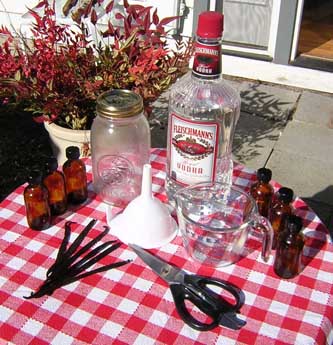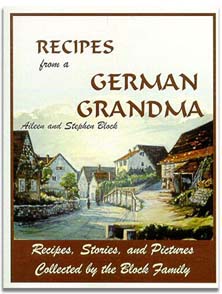Good records show Turkish Nomads had an obsession with making layered breads to emulate the nice oven baked yeast breads of other countries. They could fry the flat breads on each side over a campfire then butter or add chopped meat with vegetables and continue the layers.
As early as the 11th century a dictionary of Turkish dialects (Diwan Lughat al-Turk) recorded pleated or folded bread as one meaning of the word Yuvgha which is often related to the word yufka which is often the word for a single sheet of filo.
Over time every chef out did the other by making the pastry thinner and thinner with more layers. The tissue thin filo dough of today was probably developed by the Ottoman Sultan's chefs in the Topkapi Palace in Istanbul.The idea of the thin dough perhaps came up through Turkey into Vienna sometime between the late 15th century and the 17th century.
Very probably when Austria was attacked by the Ottomans. You don't usually think of armies leaving dough when they attack, but armies moved much slower then, attacked and sometimes settled for a while then move forward again. It would seem only likely that you would look around and want your favorite foods! By the way the Ottoman's didn't take Vienna. The Turkish and Greek thin dough (Filo) is very different from a Viennese Strudel dough. They are tissue thin and the strudel dough is skin thin. The Filo or Phyllo uses a bit of shortening and touch of vinegar. During the Austro Hungarian Empire ruled by the Hapsburgs. Strudel dough was made so thin and flavorful in part the Austrian bakers say because of the great hard winter wheat in Hungary that has a high gluten content.
|
A painting of Vienna in 1493
The Ottomans conquered the Byzantium Empire (the extended roman empire) in 1493. Now the Ottomans with all and some of their cuisine moved north in Europe. They got as far as Hungary. Twice they tried to attack Vienna and ultimately failed.
|
This dough was really versatile and could be used to make a very cheap and satisfying dinner with vegetables and scraps by rolling it up Jellyroll style much like in the hard times in the States Tuna pinwheels were invented. Times were very tough then and one of the most common foods in abundance was apples. Probably it was one of the ONLY foods they had to put into the Strudel .
Resources;
Most all information was obtained by The Oxford Companion to Food , and The Penguin Companion to Food by Alan Davidson
Others;

The dough has to really develop a lot of gluten and the recipe used an interesting technique where you
throw the dough down on a board on the flour 100 times.
|

Here is the recipe for Apfel Strudel my dad remembers as a kid.
Make Some Classic Apfelstrudel |











